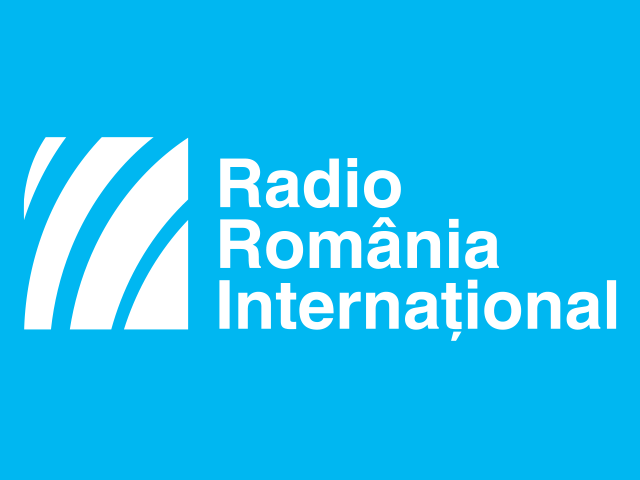The Romanian aviation industry at the end of WW2
In the interwar period, Romania built its own aircraft industry, an industry that continued a tradition that had taken shape at the beginning of the 20th century. On November 1st, 1925, the Romanian Aviation Industry (IAR), the most important Romanian aircraft producer, was founded in Brașov. It was a joint venture whose shareholders were the French aircraft producer Blériot-Spad, the French car manufacturer Lorraine-Dietrich, the Romanian rolling stock factory Astra Arad and the Romanian state. On September 1, 1938, the Romanian state purchased all other stakes and became the sole owner. IAR was divided into two large units: the aircraft unit and the engine unit.

Steliu Lambru, 02.01.2023, 14:01
In the interwar period, Romania built its own aircraft industry, an industry that continued a tradition that had taken shape at the beginning of the 20th century. On November 1st, 1925, the Romanian Aviation Industry (IAR), the most important Romanian aircraft producer, was founded in Brașov. It was a joint venture whose shareholders were the French aircraft producer Blériot-Spad, the French car manufacturer Lorraine-Dietrich, the Romanian rolling stock factory Astra Arad and the Romanian state. On September 1, 1938, the Romanian state purchased all other stakes and became the sole owner. IAR was divided into two large units: the aircraft unit and the engine unit.
In its 23 years of activity, until 1948, the Romanian manufacturer had built a variety of civil aviation devices for training, sports, leisure, as well as military aircraft for monitoring missions and fighter jets. The engines were French licensed at first, after which the engineers at IAR started building their own engines. The most famous Romanian aircraft were IAR 80 and IAR 81, fighter jets and fighter-bomber jets. During WW2, Romanian military pilots on IAR planes wrote glorious history pages, as they successfully fought against both Soviet and American aviation.
The fate of the Romanian Aviation Industry dramatically changed after 1944. The Soviet occupation army forced the suspension of aircraft production. The factory would only be used for repairing works. The final blow was give in 1948, when the aircraft factory was turned into a Soviet-Romanian joint venture for the production of tractors. It was only in 1968, that the tradition of building aircraft was slowly resumed. In 1995, the Radio Romania Oral History Center interviewed engineer Teodor Gârnet, who worked at IAR Brașov during the interwar period. He explained how the Romanian side had to give back to the Soviets new, perfectly functioning machine-tools, in exchange for used ones, captured in Odessa, which were not working. The machine-tools were taken from IAR: Six machine-tools were captured from the Russians, in Odessa. They didn’t actually work because they needed repairing works. They were kept in reserve for a while until the situation changed and we had to give them back. A Russian military commission came, that included a colonel and a captain. To be more persuasive, they even pounded the factory manager’s table with a pistol and ordered him to repair the machine-tools, make them like new, in an extremely short time. After they were repaired, somebody had to deliver them. Nobody really wanted to take over this responsibility. I was eventually tasked with it myself. The transport was a real adventure. We even wanted to get rid of the task and bribe the captain who was accompanying us, but it did not work. So we took the devices to Iaşi, were they were loaded on a Russian train. The Russians took advantage of the situation and also took the best devices that we had, a foreign one and others from the ones of the engine factory. They took everything they wanted, saying we damaged their devices and they must take something good in return. The engineers at IAR also created new engines, so they did not just used the licensed ones.
One such innovation was the 7M engine, designed, alongside others, by engineer Teodor Gârneț: The engine s design data was 350 horsepower because it was intended for lighter aircraft, and could also be used in utility and sports aviation. It was used for pilot training at the time. During the first tests, the engine produced 370 horsepower, in good operating conditions, without trepidation, without any problem. However, because of a bombing we did not have all the necessary equipment to test the engine properly. So we only had a few data. This IAR 7M engine was made in only two copies, of which only one copy was assembled and one was kept disassembled. The IAR aircraft factory, in site of being poorly equipped, had some exceptional results. After the its reopening, in 1971, IAR Brașov diversified its product range, and also started producing helicopters at the Ghimbav factory, under French license. Production was also supplemented by utility aircraft, gliders and motor gliders. After 1989, IAR was reequipped. (EE)






























